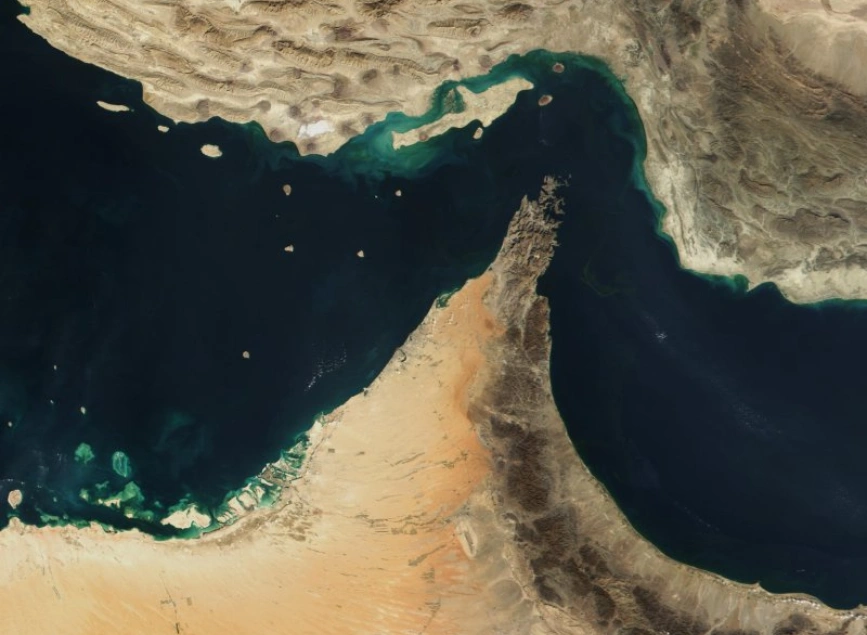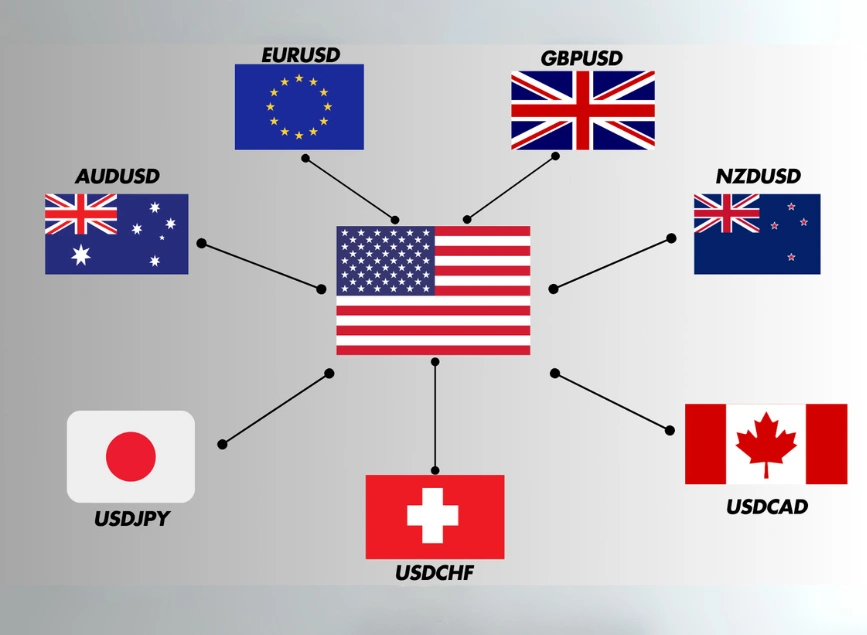
Strait of Hormuz: The Strategic Energy Lifeline Amid Tensions
Estimated reading time: 4 minutes
Table of contents
In today’s interconnected world, where global supply chains are more intertwined than ever, any disruption to a critical trade route can spark catastrophic ripple effects. One such chokepoint is the Strait of Hormuz, a narrow waterway that serves as a strategic artery for global energy flows.
Recent escalations in the Middle East and growing threats, both implicit and explicit, about the security of this passage have raised serious concerns for markets, governments, and investors alike. This article explores the critical role of the Strait of Hormuz, possible scenarios if it’s blocked or disrupted, and the wide-ranging economic and political implications.
Why Is the Strait of Hormuz So Important?
The Strait of Hormuz connects the Persian Gulf to the Gulf of Oman and the Arabian Sea, making it one of the world’s most vital energy chokepoints.
Key Facts:
- 🛢 Energy Superhighway: Over 20% of global oil and a large portion of liquefied natural gas (LNG) pass through this narrow passage. Producers like Saudi Arabia, Iran, Iraq, UAE, and Qatar rely heavily on this route.
- 🚢 Global Trade Artery: Beyond energy, non-oil goods also transit through the Strait, making ports like Jebel Ali highly dependent on it.
- ⚔ High Military Sensitivity: The presence of U.S. and allied naval forces to secure shipping routes further underlines its geopolitical weight.
What If the Strait Were Blocked? A Global Market Earthquake
While a complete closure is unlikely, even partial disruptions or credible threats can trigger enormous consequences:
💥 Potential Global Impacts:
- Energy Price Spike
Cutting off a major supply route could send oil prices skyrocketing, surpassing historical crisis levels. - Supply Chain Chaos
Trade halts would drive up shipping costs, create product shortages, and stall industrial output worldwide. - Stagflation Threat
The combination of rising energy prices and slowing production could spark a dangerous mix of inflation and recession. - Global Financial Panic
Investors might flee risky assets, triggering sharp market sell-offs and soaring volatility. - Surge in Insurance & Shipping Costs
Even if the Strait remains open, perceived insecurity would drastically increase logistics and insurance premiums.
Who Stands to Lose the Most?
| Region / Sector | Why It’s Vulnerable |
|---|---|
| East Asia (China, Japan, India, South Korea) | Heavy reliance on Persian Gulf oil and gas |
| Europe | Sensitive to energy inflation and global supply shocks |
| Oil-exporting Gulf States | Even with high prices, blocked exports = currency crisis |
| Energy-intensive industries | Aviation, shipping, petrochemicals, manufacturing |
Why a Full Closure Remains Unlikely
Despite persistent threats, an actual blockade carries massive risks for all involved—including those issuing the threats.
🧩 Strategic Constraints:
- ⚔ Military Pushback: The U.S. and allies consider free navigation through the Strait a non-negotiable red line.
- 🔄 Mutual Dependence: Iran, despite its threats, relies on the Strait for both exports and imports.
- 🤝 Regional Pressure: Neighboring Gulf nations would exert enormous economic and diplomatic pressure to prevent escalation.
Still, limited actions—like mine-laying or targeted attacks on vessels could generate the same psychological and financial shocks without fully closing the waterway.
Read More: Iran-Israel Tensions: The Investor’s Roadmap in Markets
Present Tensions, Future Scenarios
In today’s volatile environment, a single miscalculation or military incident could spark a cascade of instability.
Energy risk premiums,
Investor flight to safety, and
Skyrocketing global trade costs
…are already surfacing—even without full-scale conflict.
Final Thoughts: Why Hormuz Is More Than Just a Waterway
The Strait of Hormuz isn’t just a maritime corridor—it’s a barometer for global economic health. In an age of globalization, instability in this narrow passage could trigger:
- 🌍 Global energy crises
- 📉 Market crashes
- 🔄 Supply chain disruptions
- 🏦 Stagflationary recessions
While a total closure is improbable, the mere threat of disruption has become a powerful geopolitical weapon, used for bargaining and pressure.
🛡 Strategic Takeaway:
To protect global stability, nations must:
- 🧭 Diversify energy routes
- 🤝 Invest in multilateral diplomacy
- 📦 Prepare robust contingency strategies
Because in the high-stakes game of geopolitics, the Strait of Hormuz remains a pivot point where energy, economics, and security converge.
Share
Hot topics

What Is the US Dollar Index (DXY) in Forex?
If you’ve spent any time exploring global markets, you’ve certainly heard about the US Dollar Index, known as DXY. For many beginner traders, it appears to be one of those...
Read more




Submit comment
Your email address will not be published. Required fields are marked *